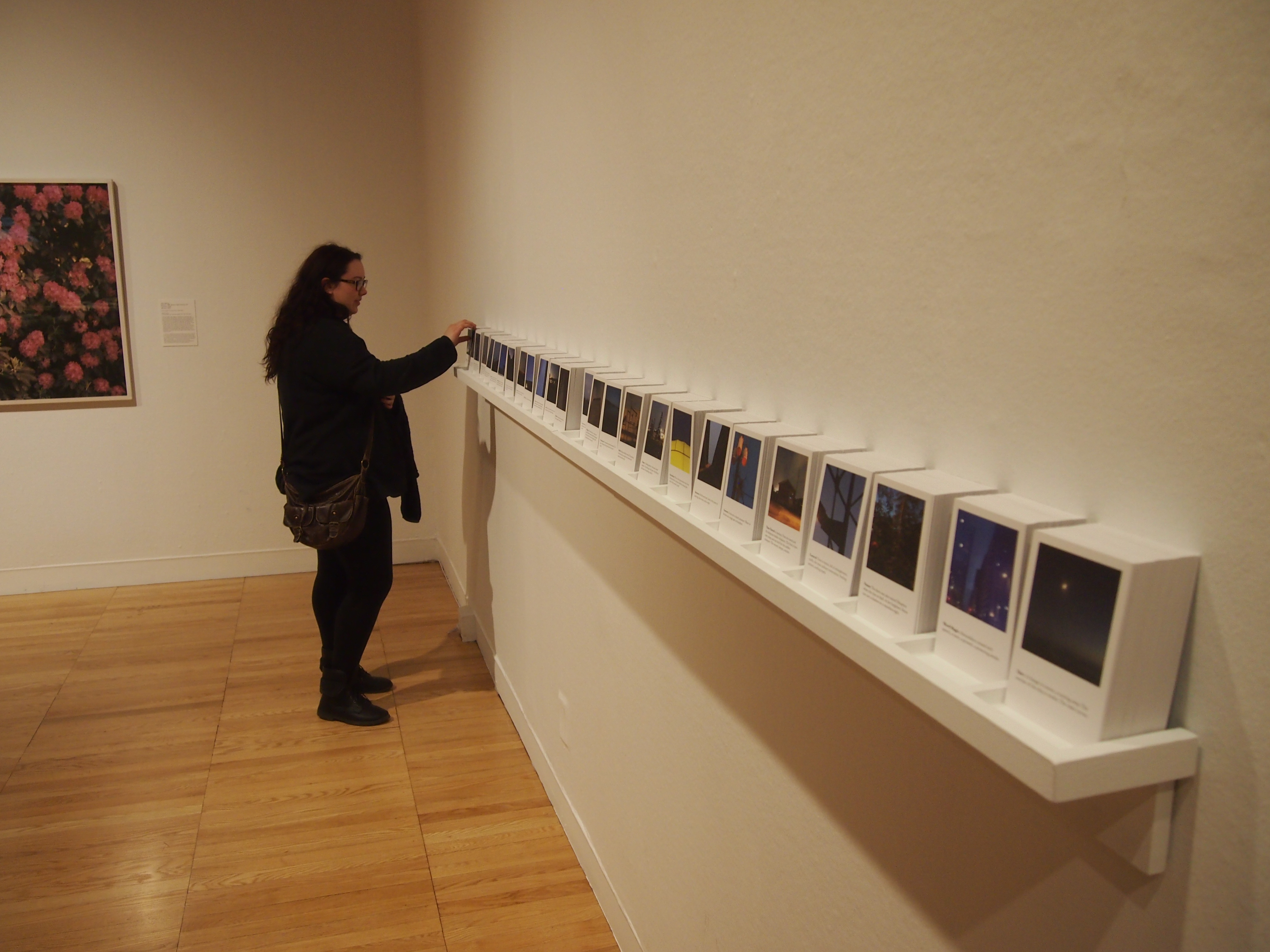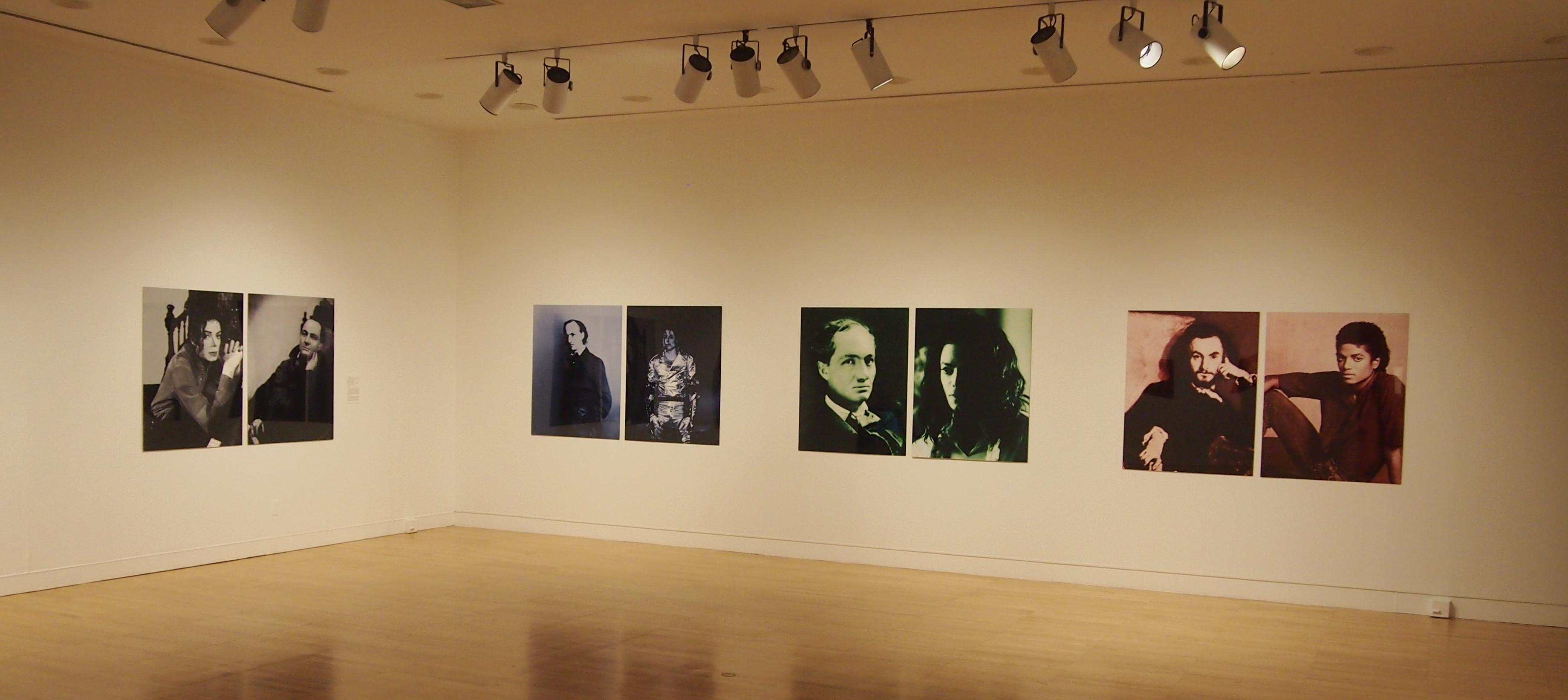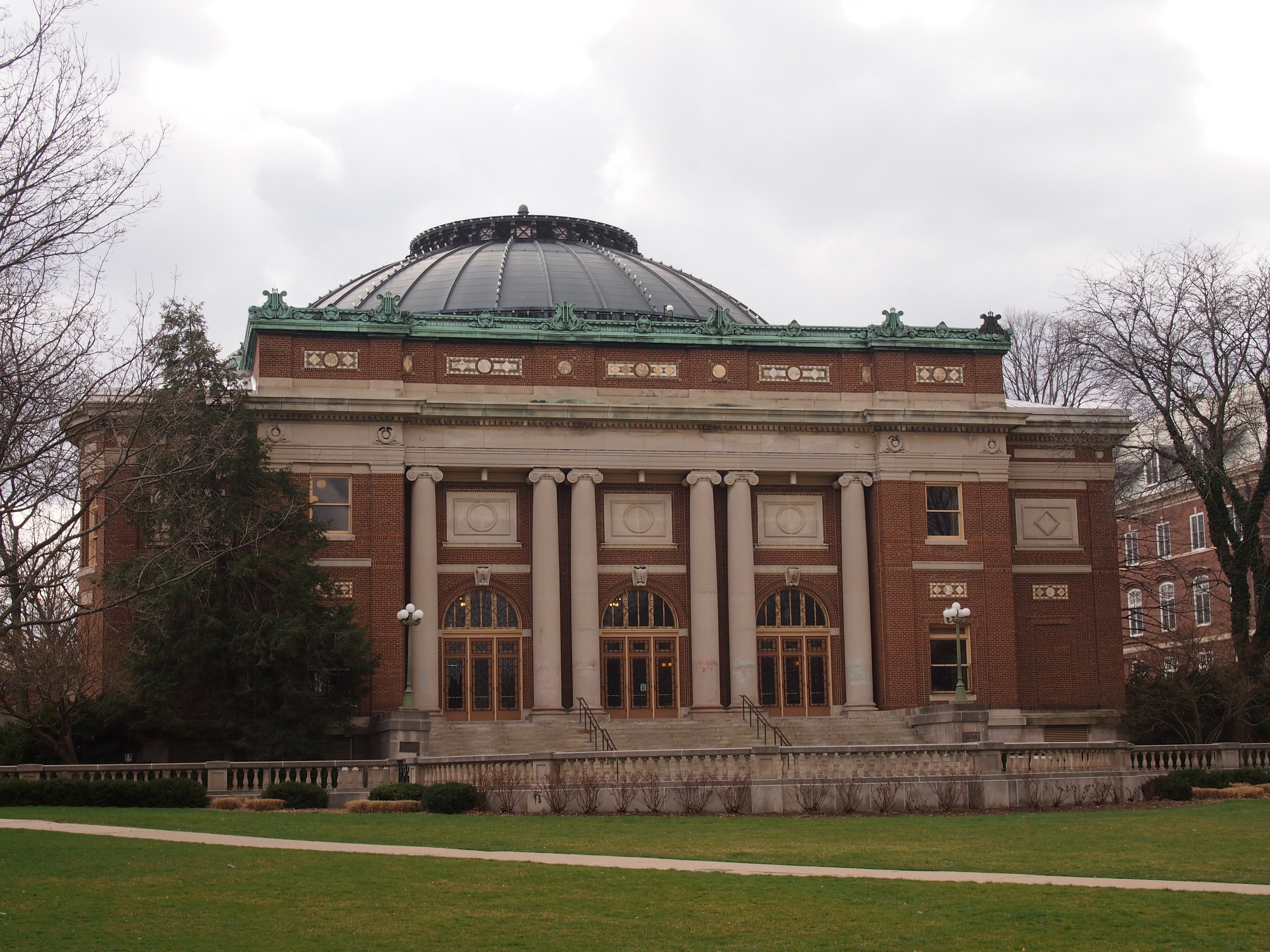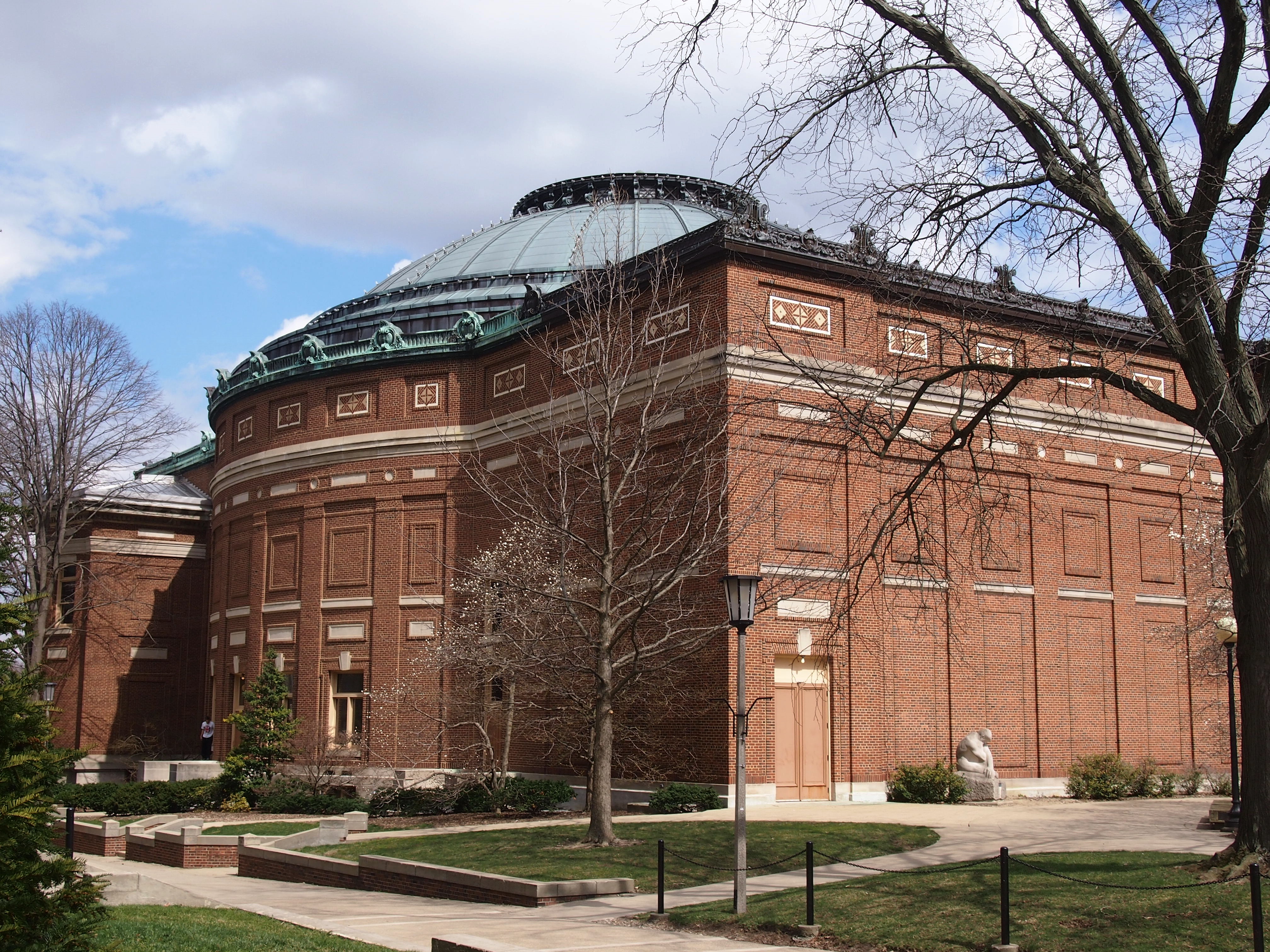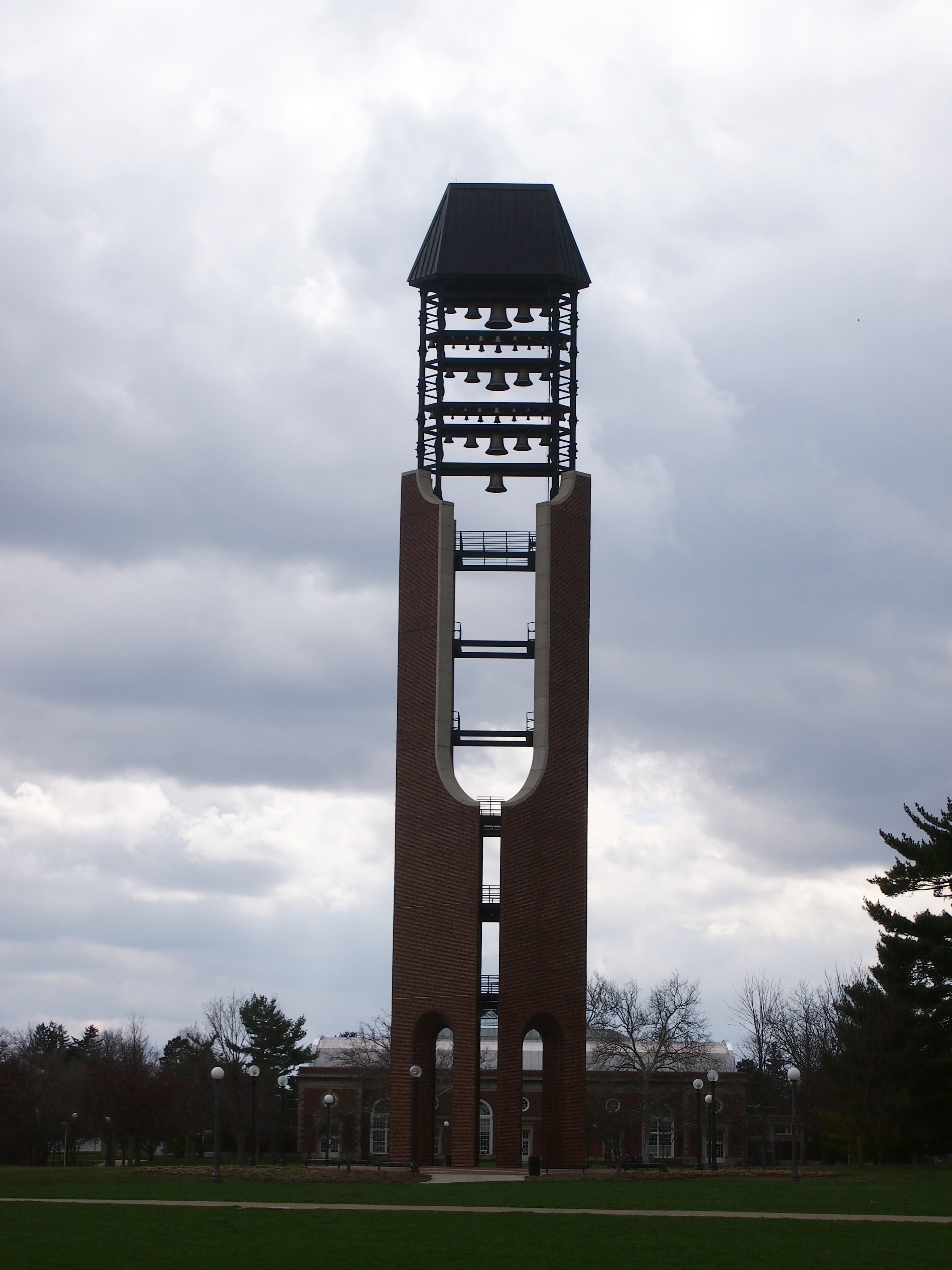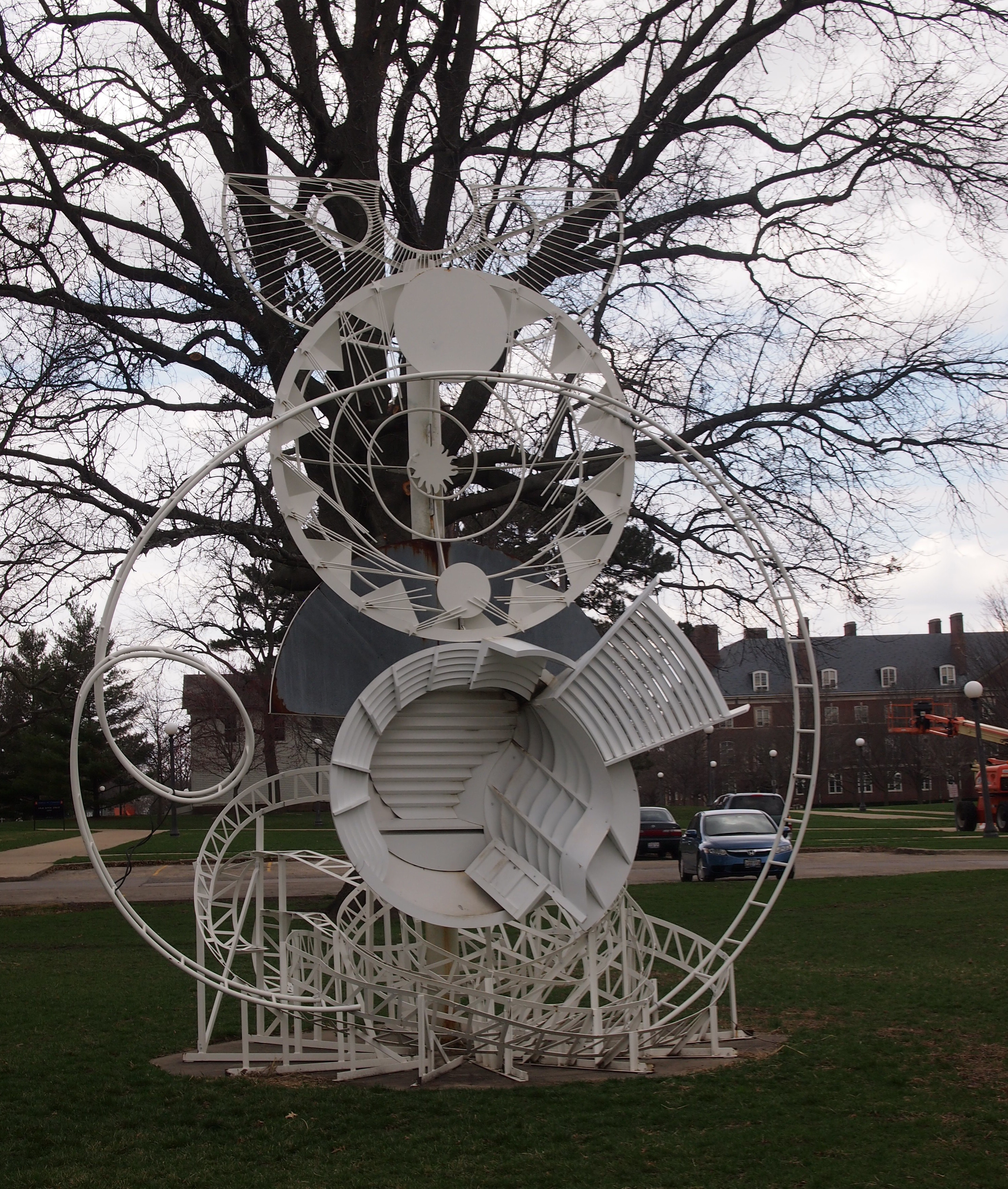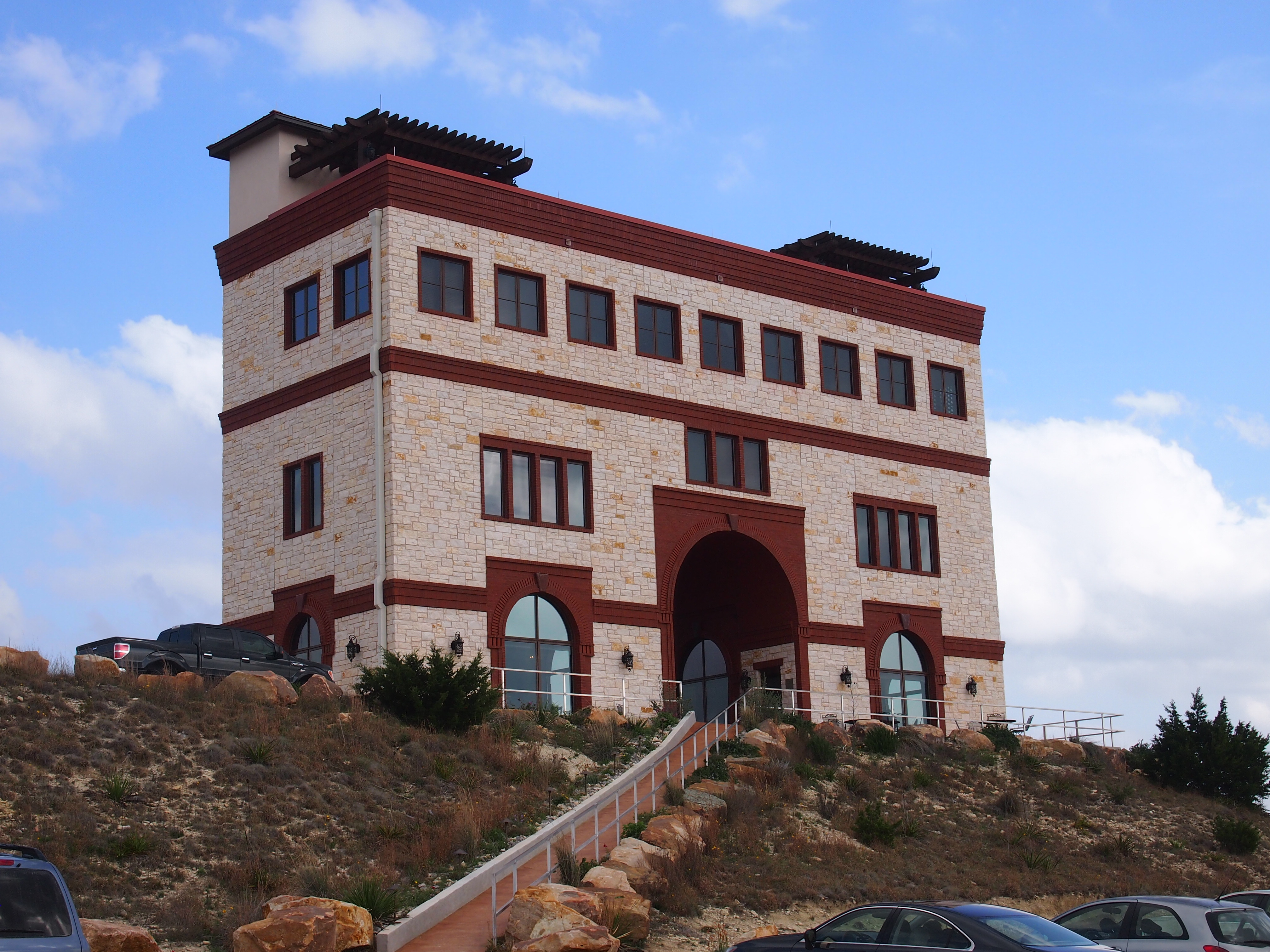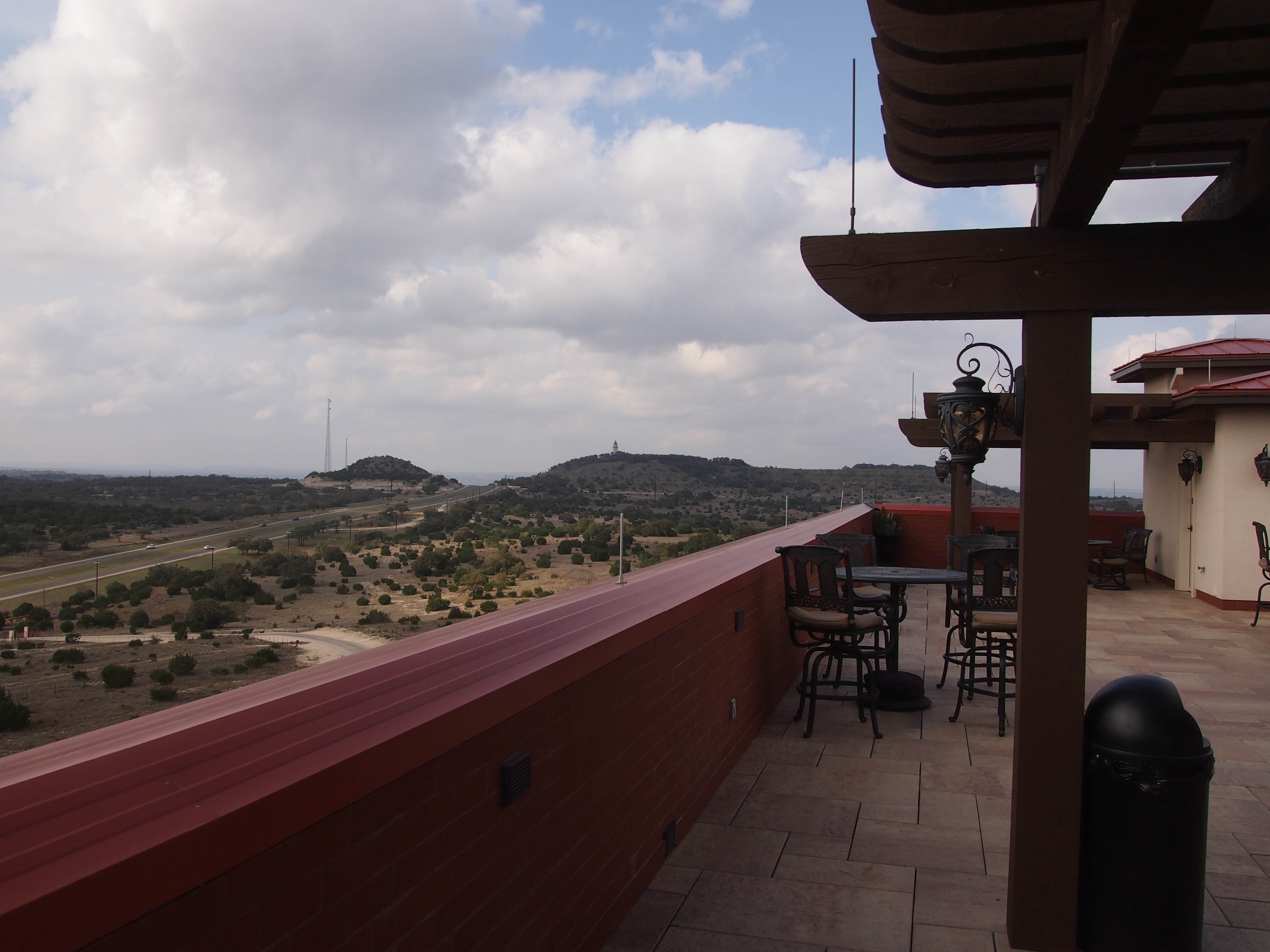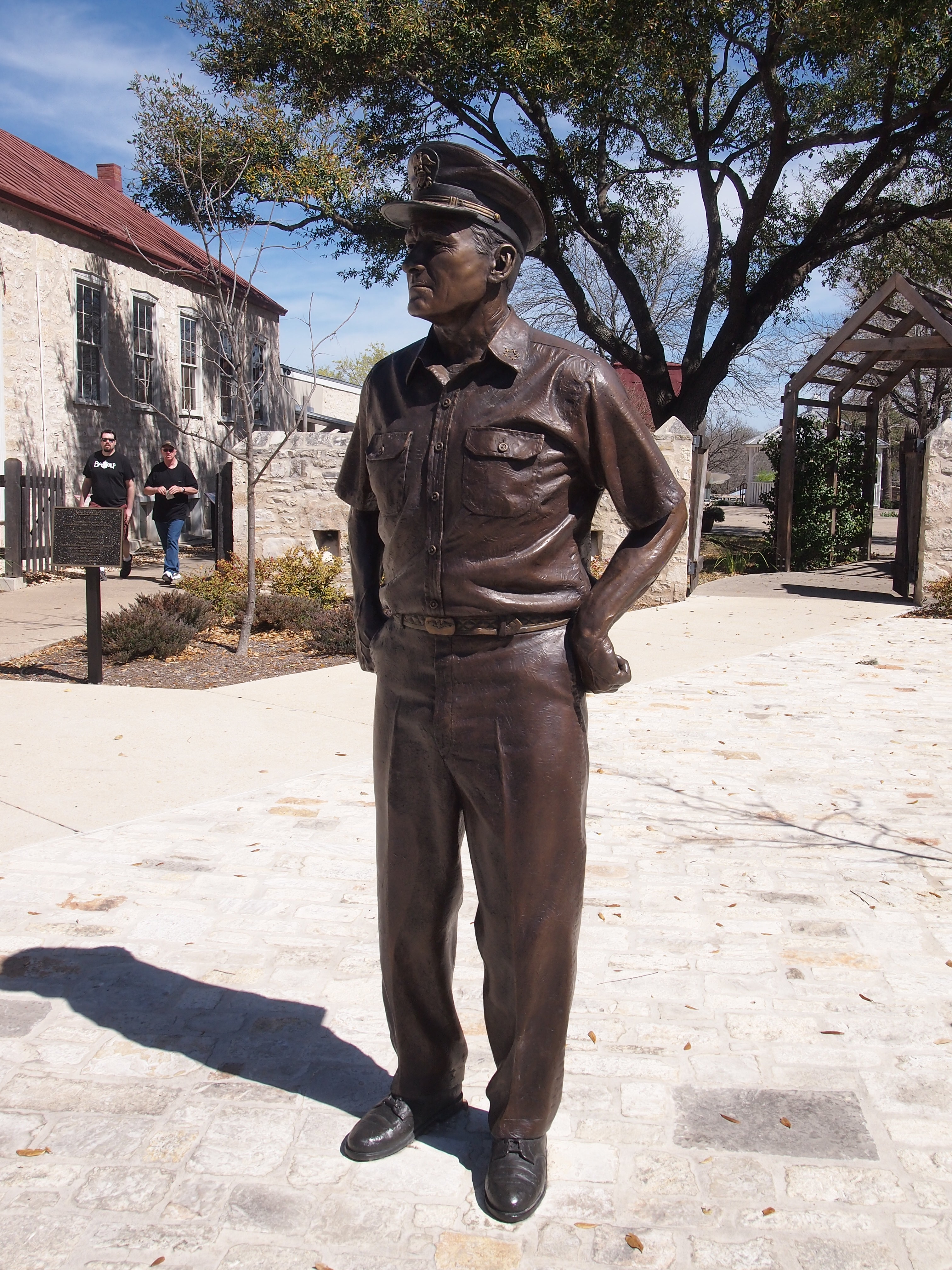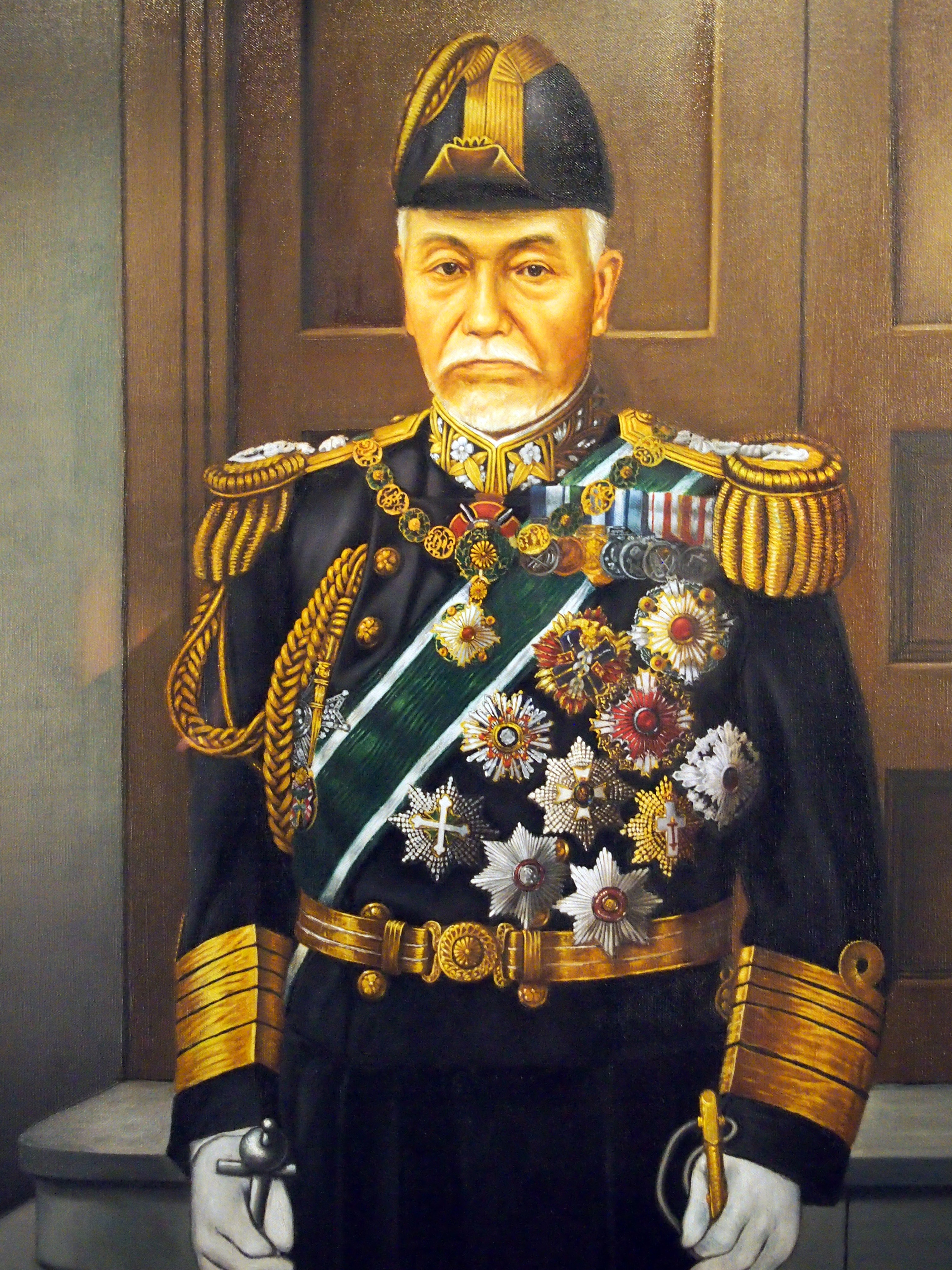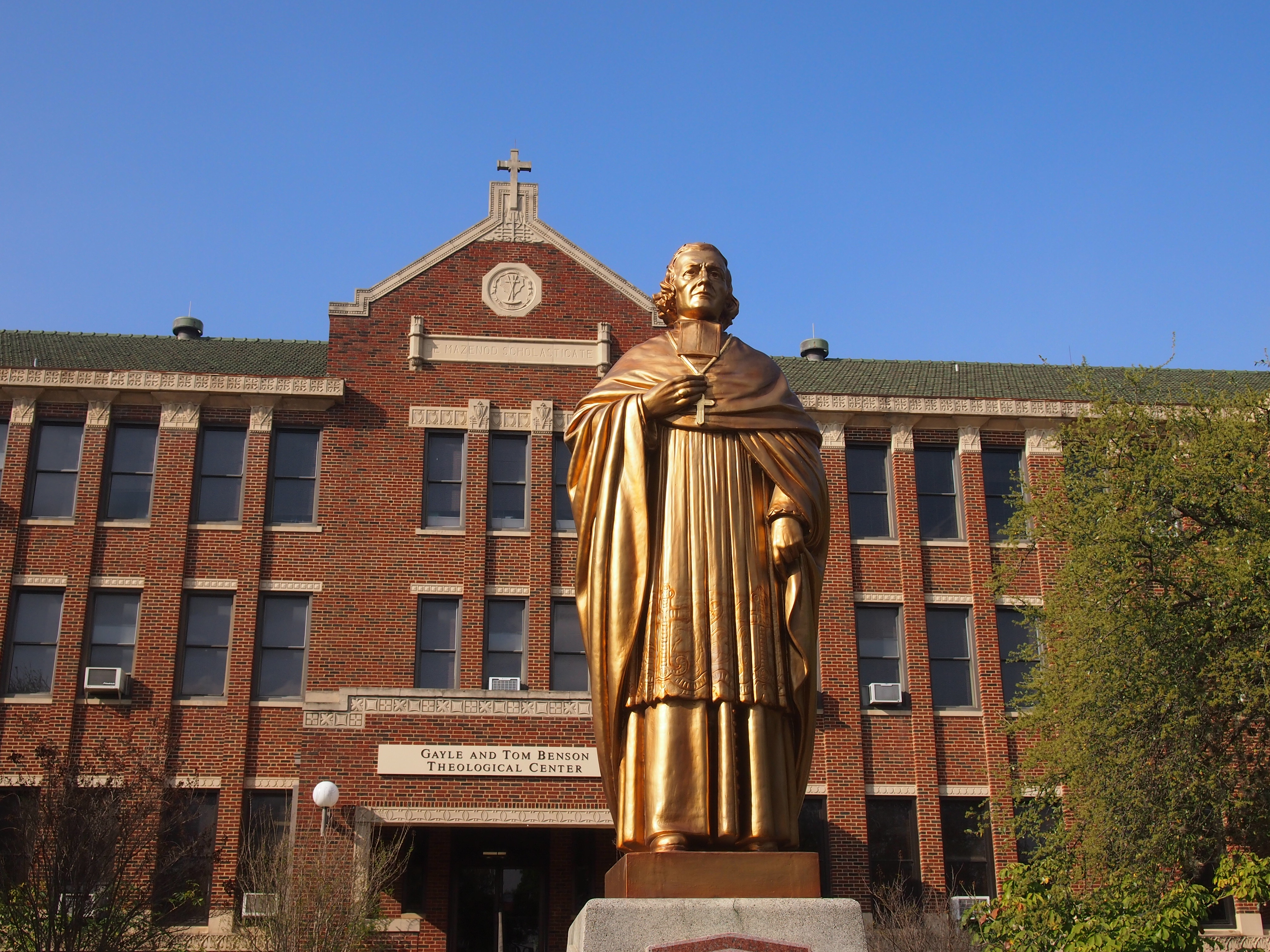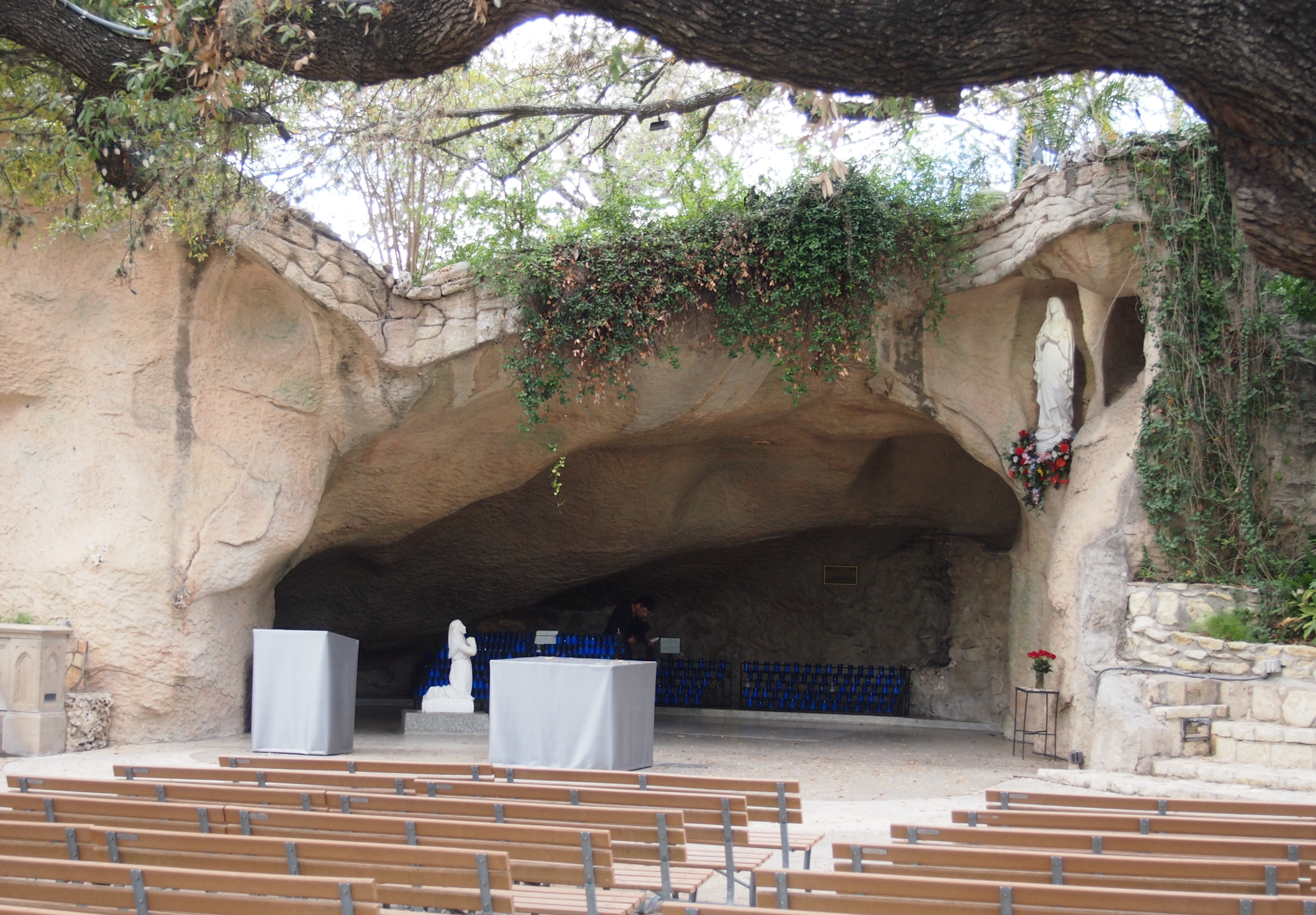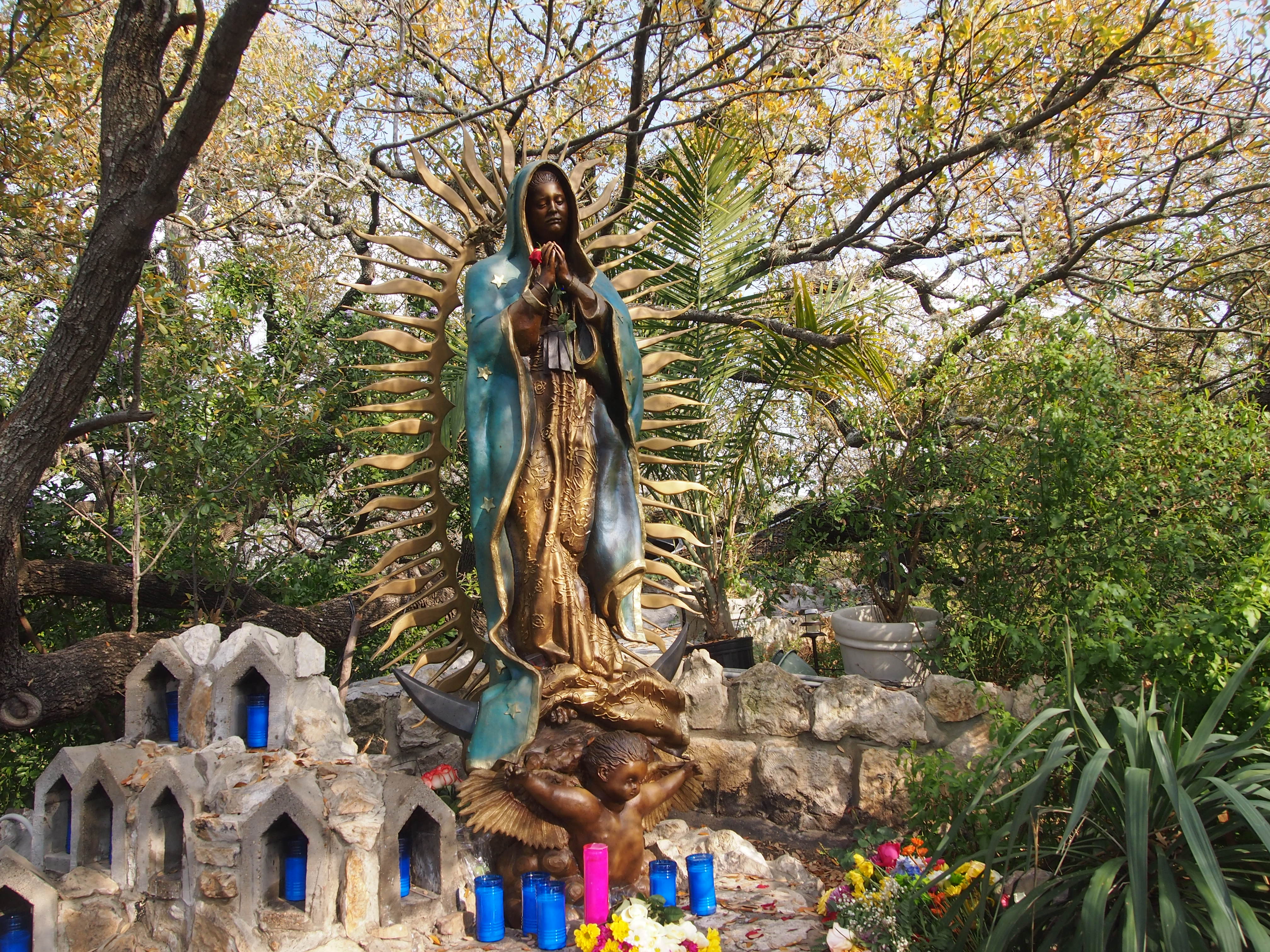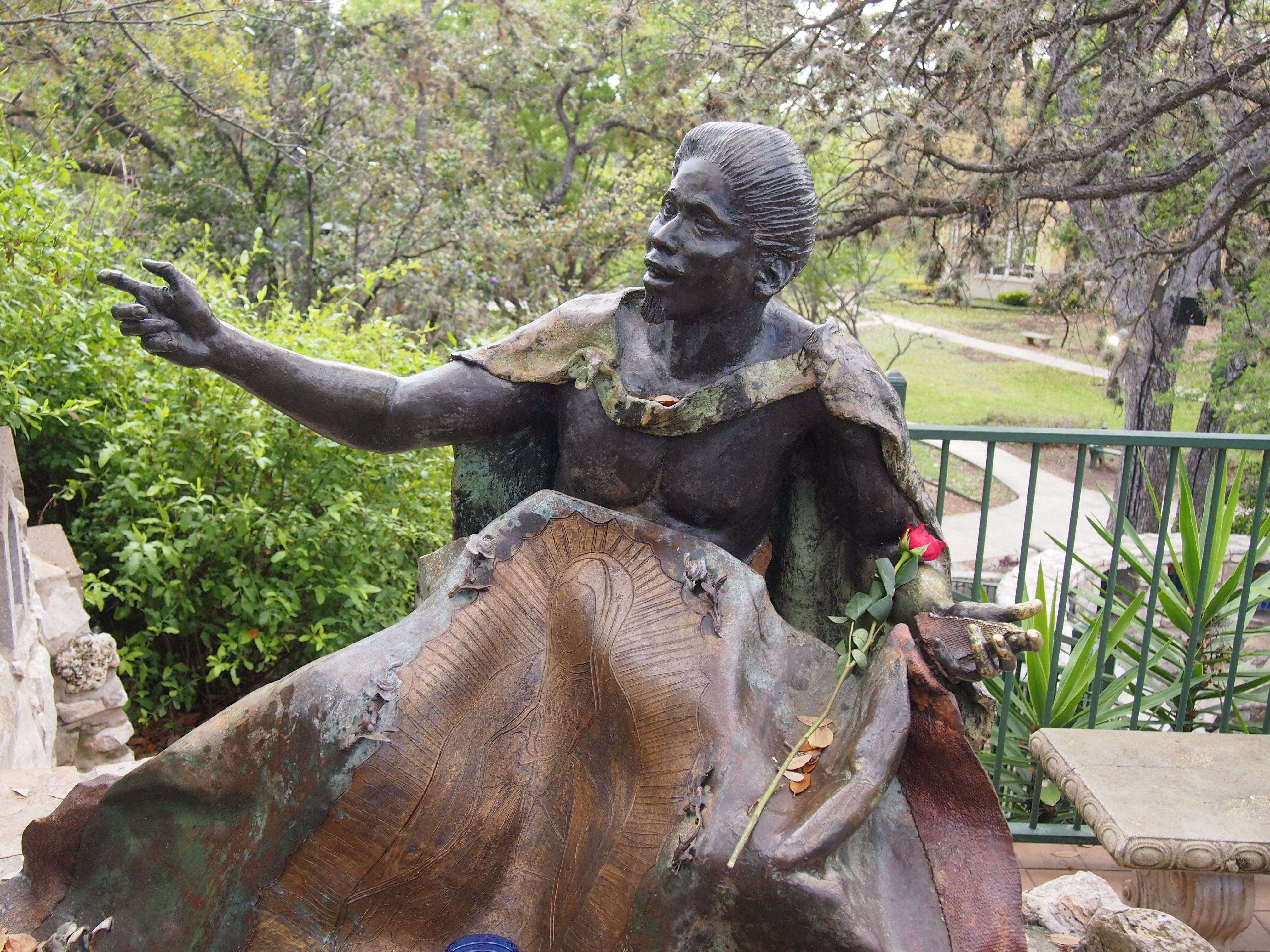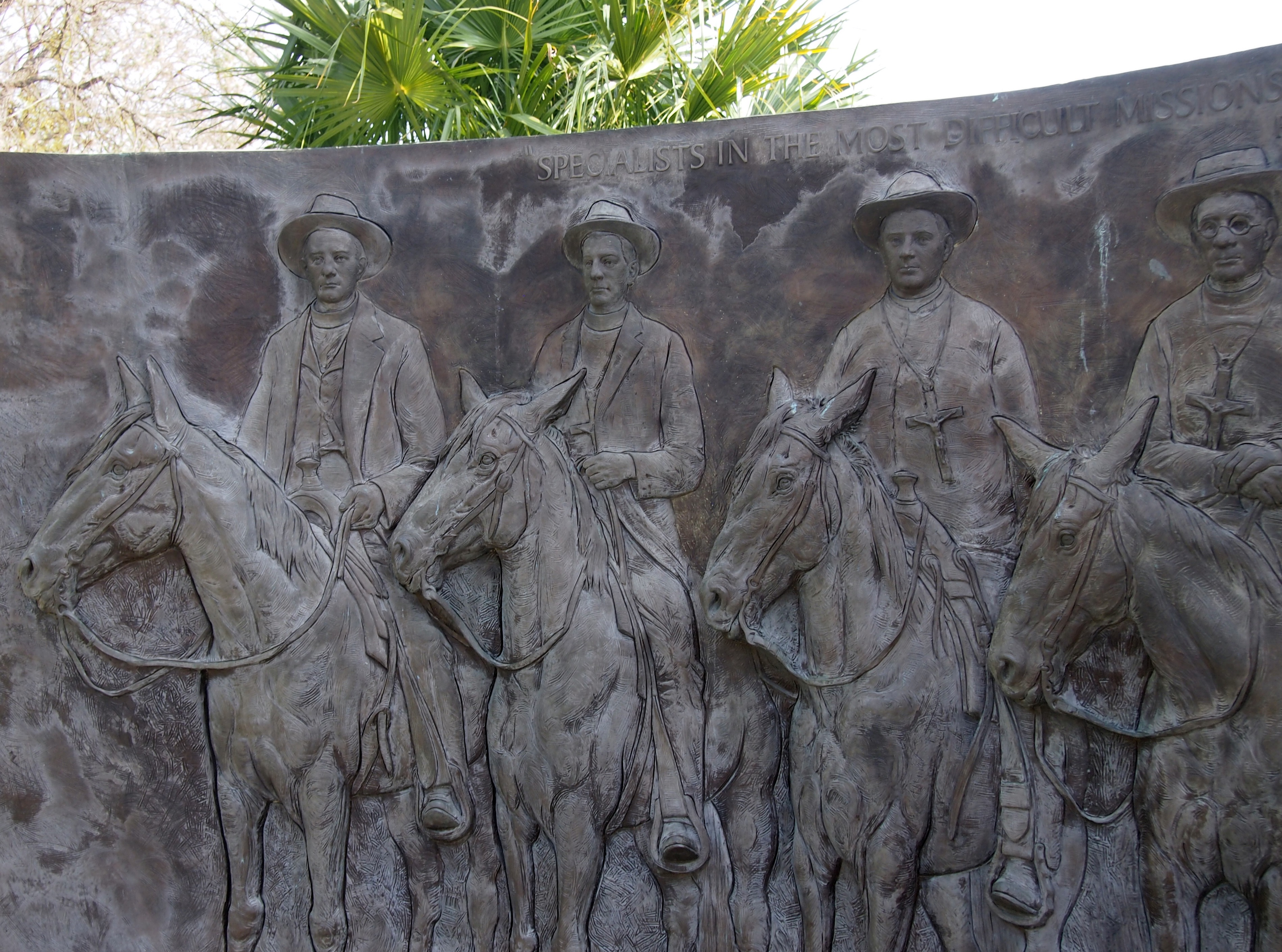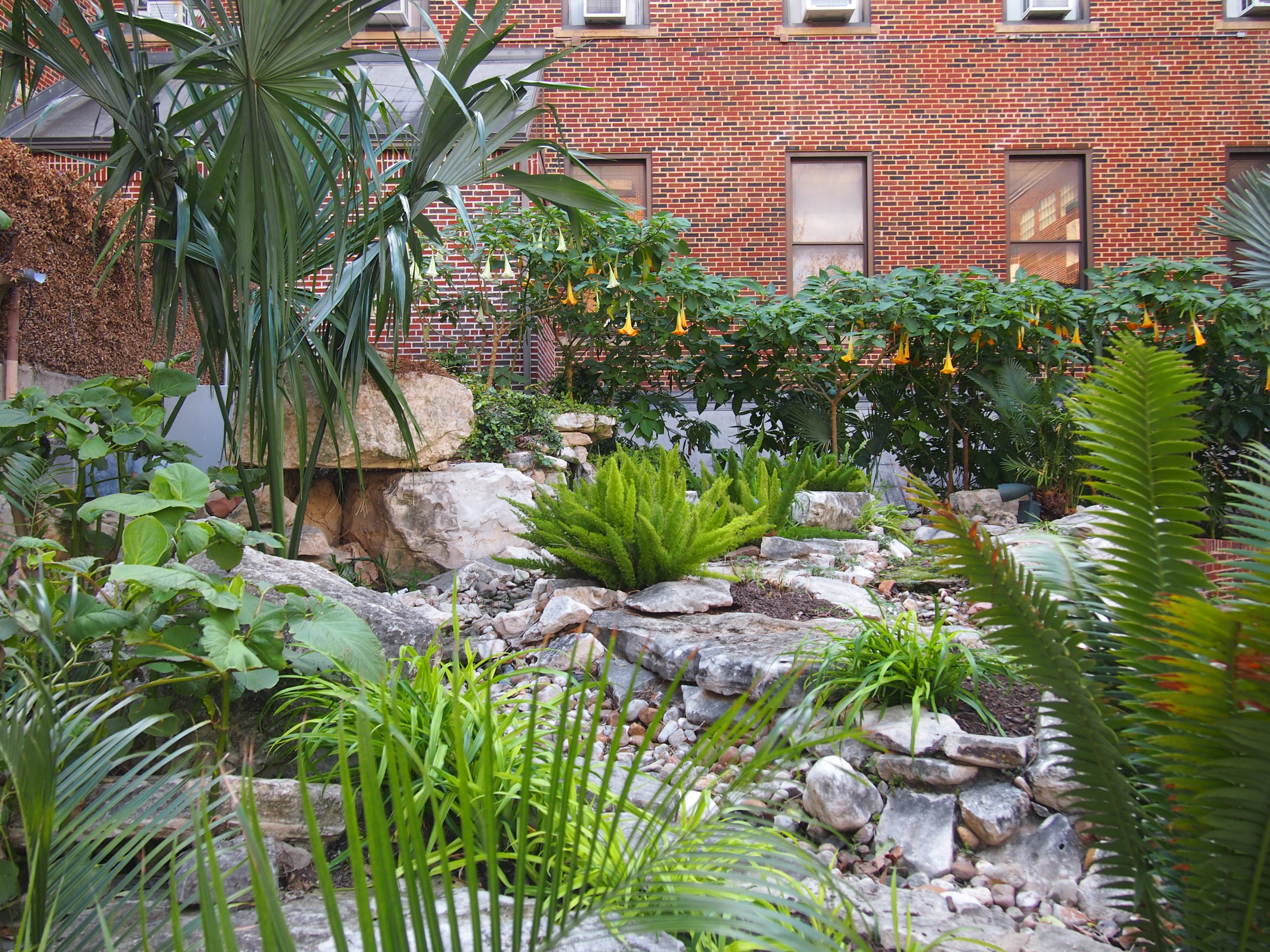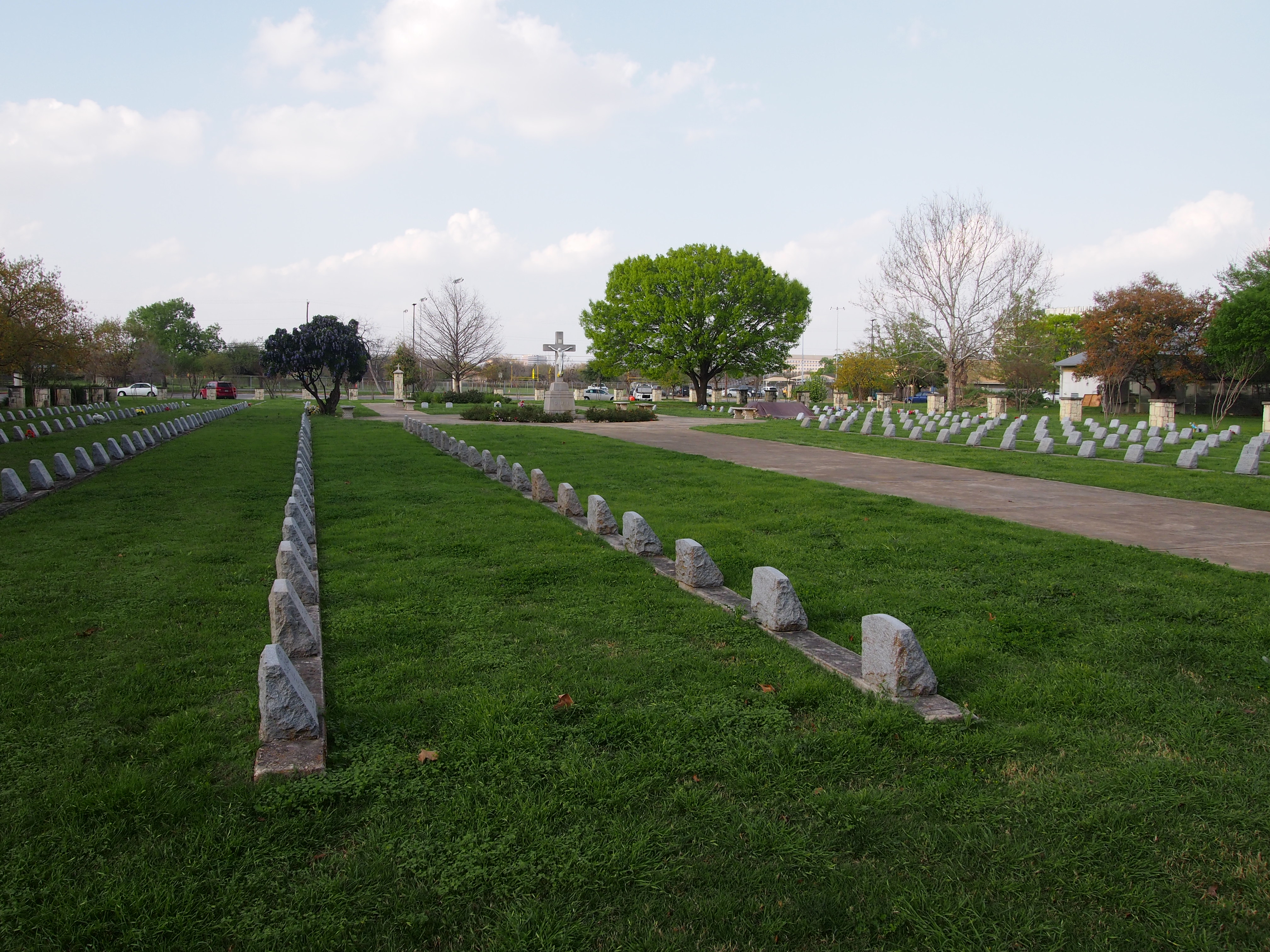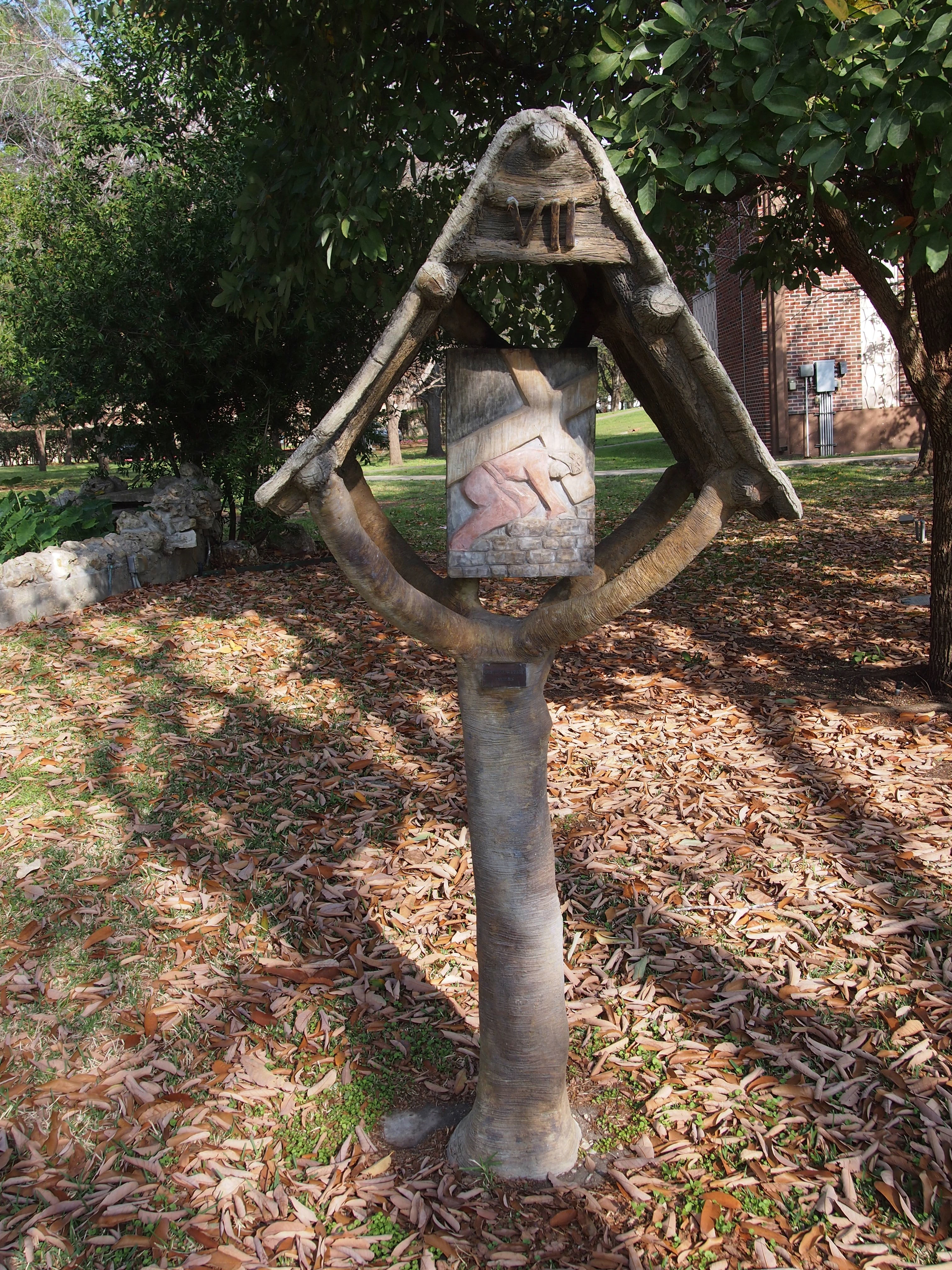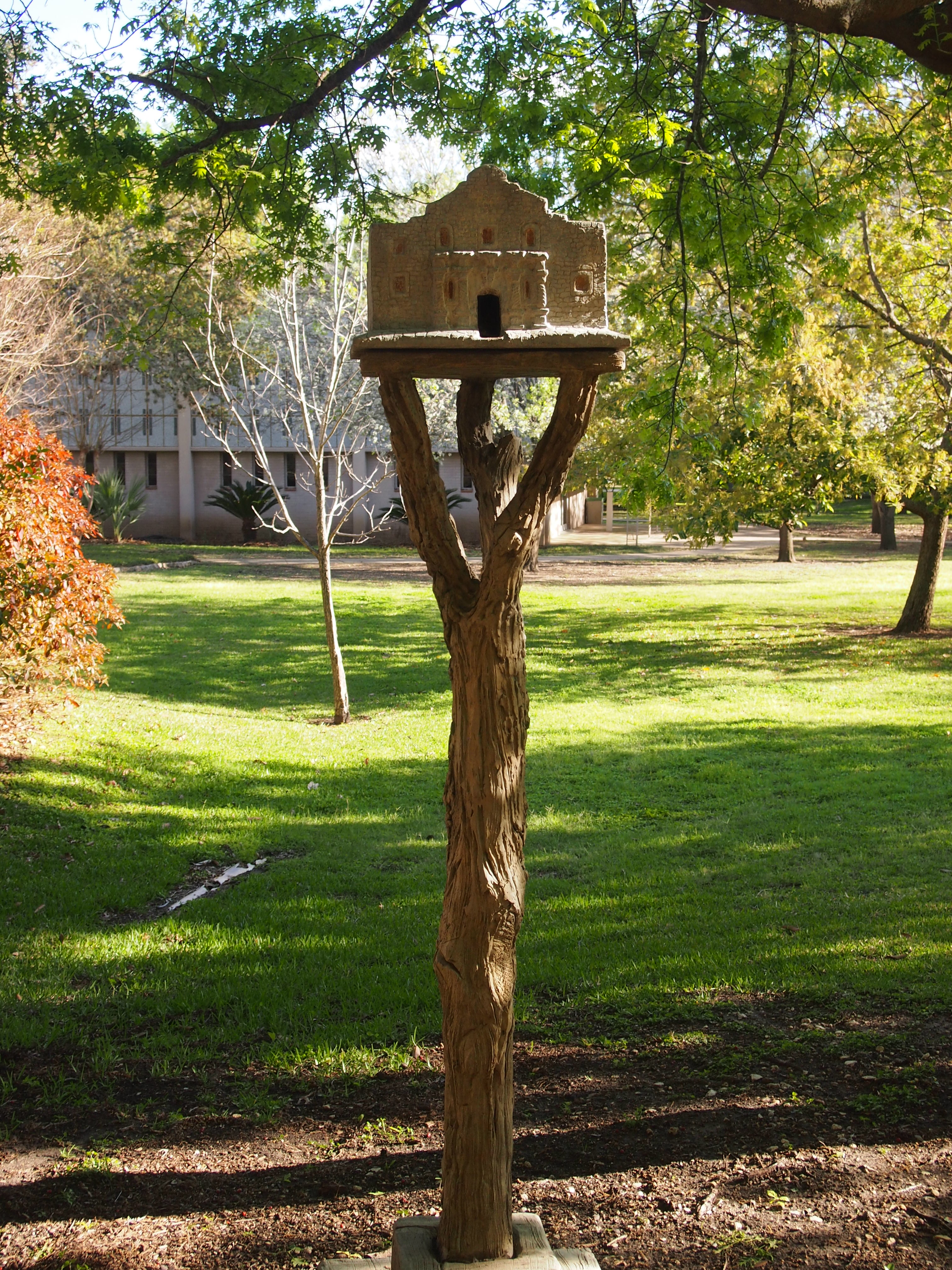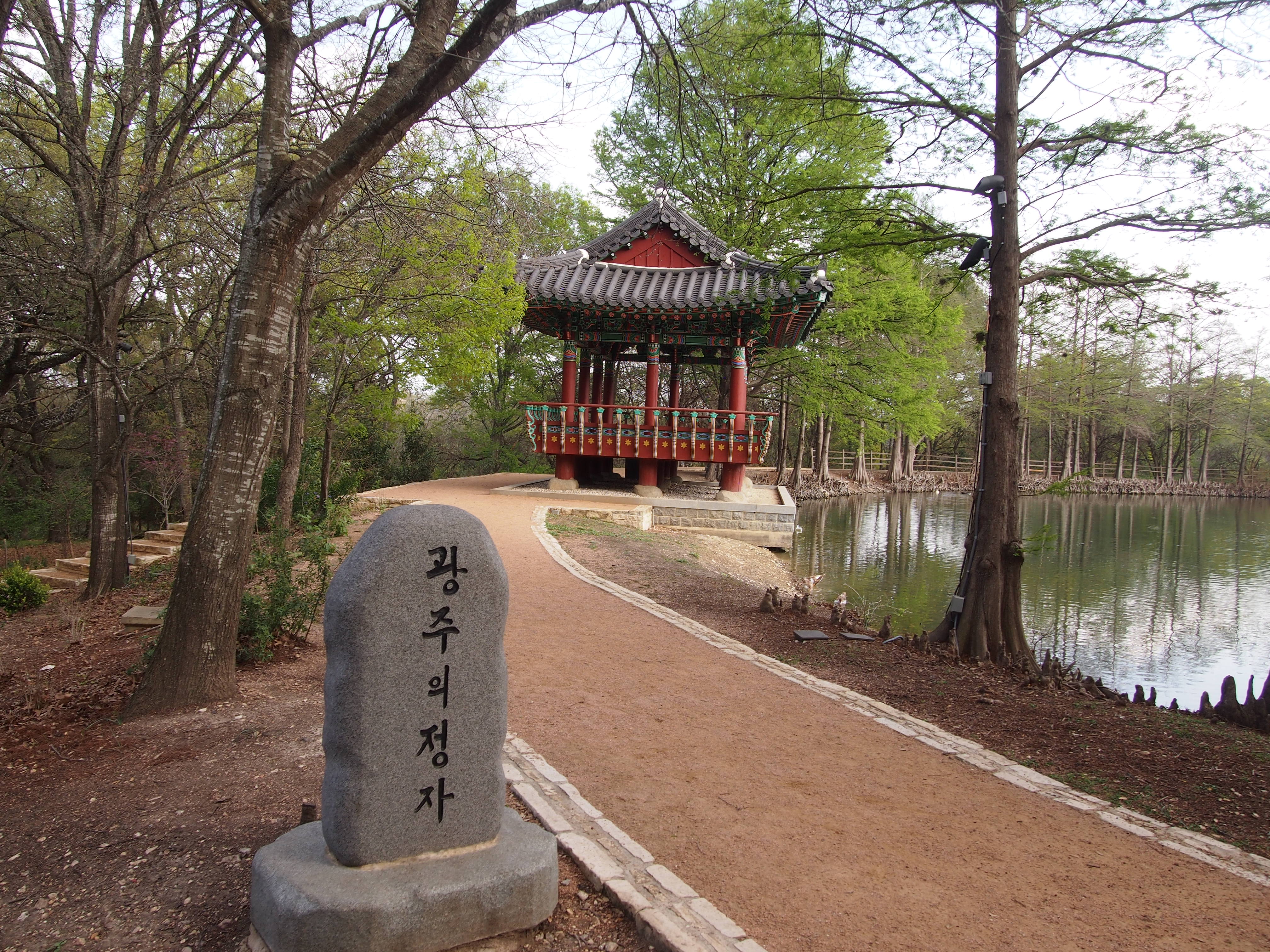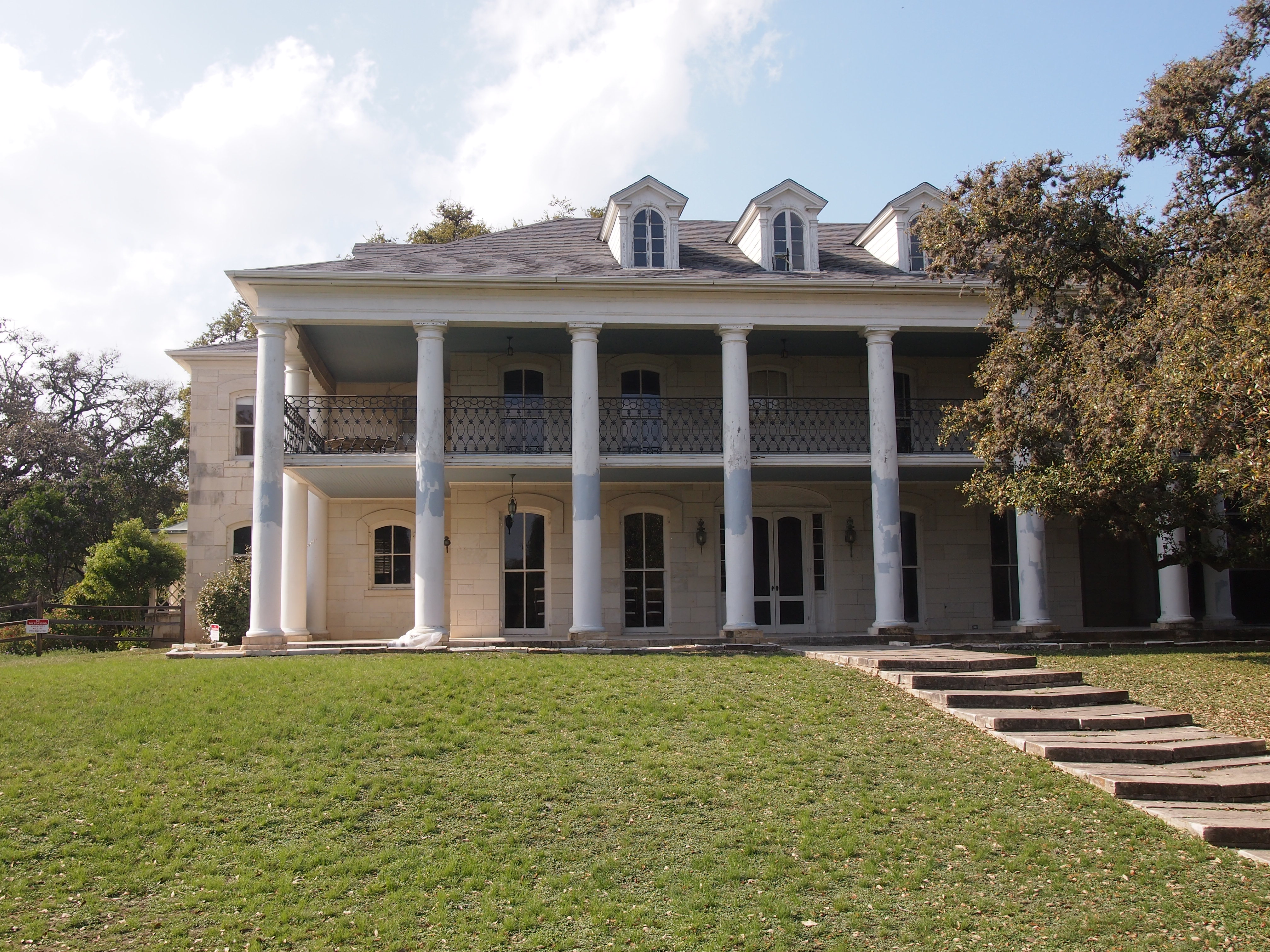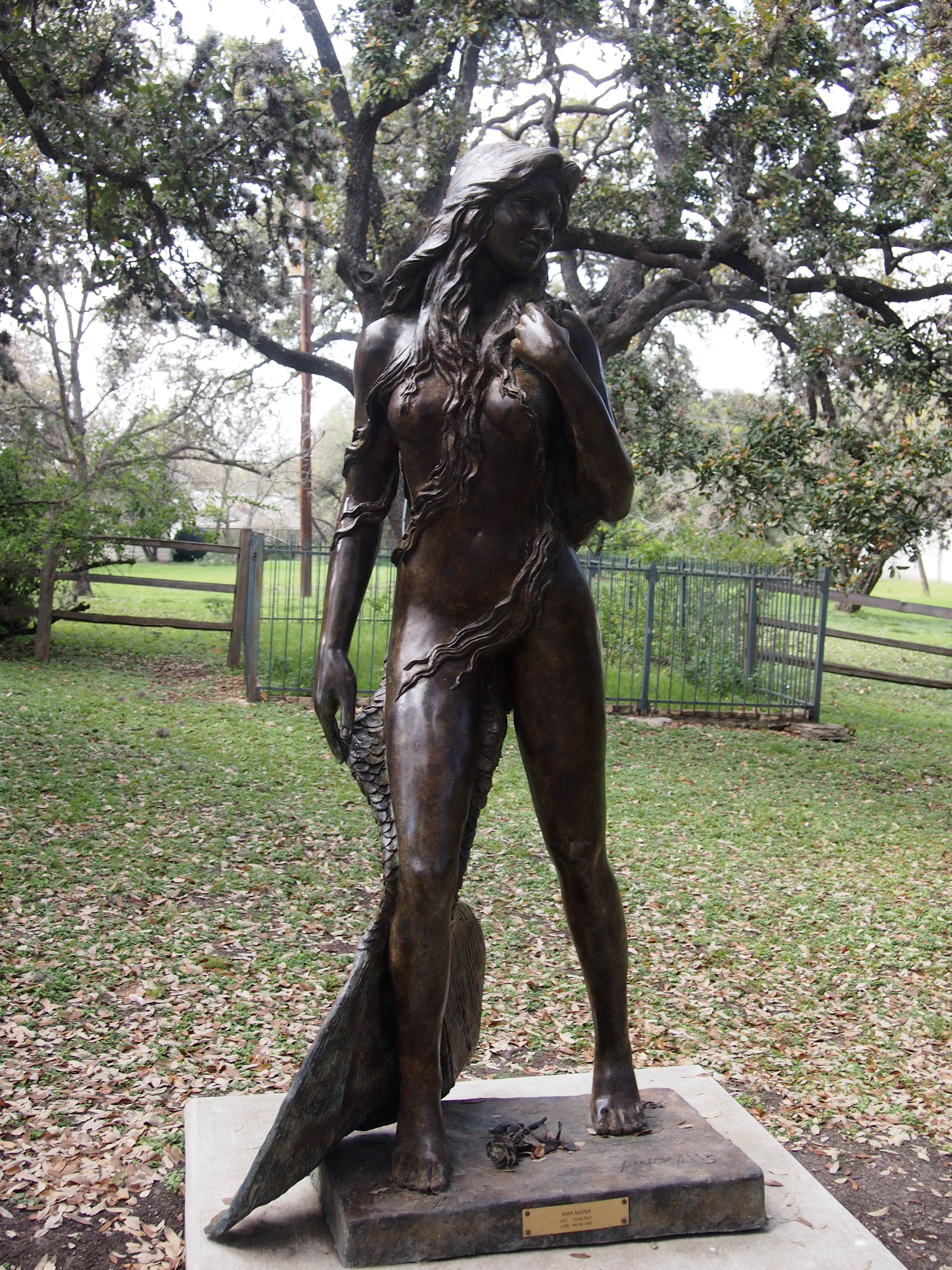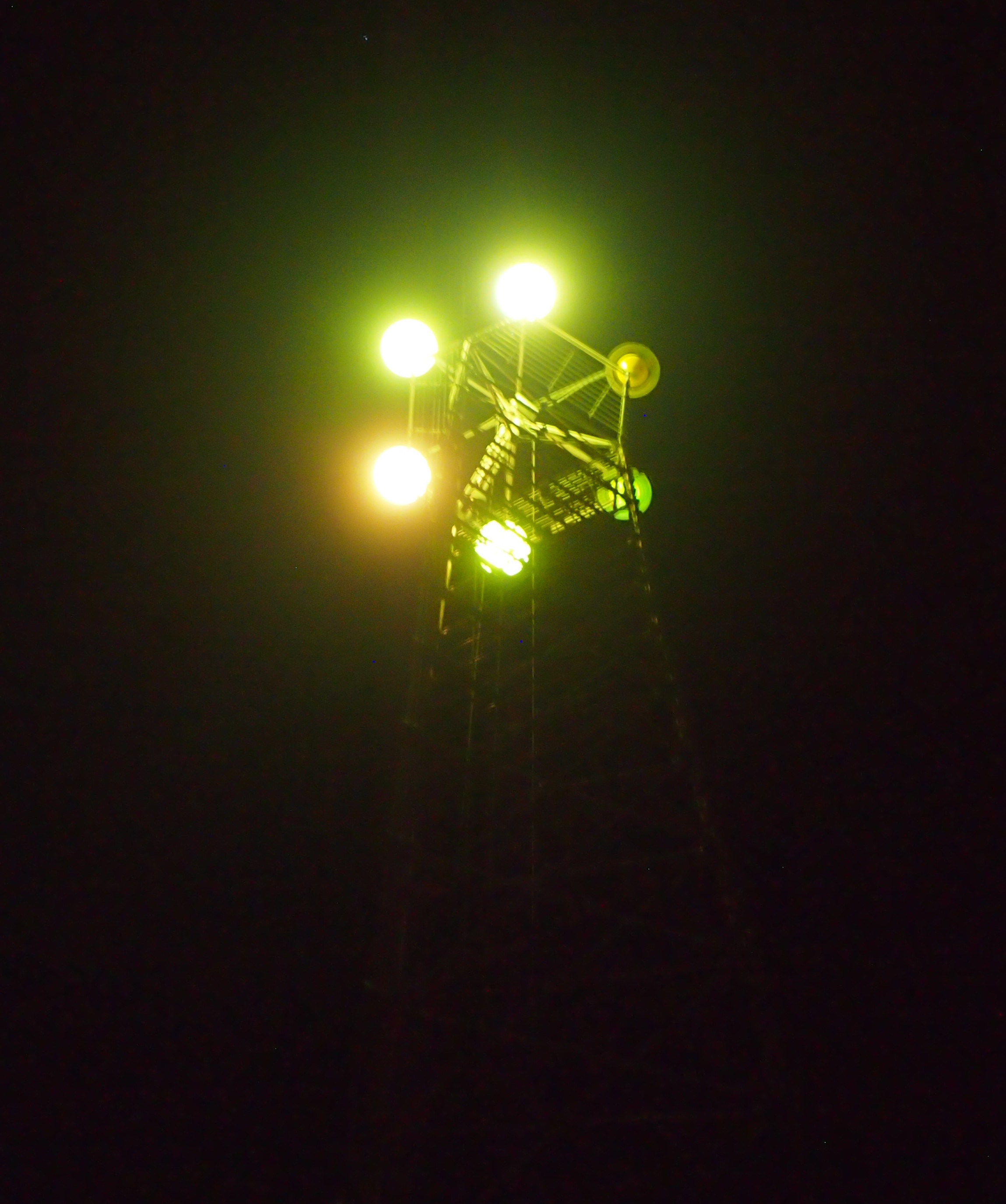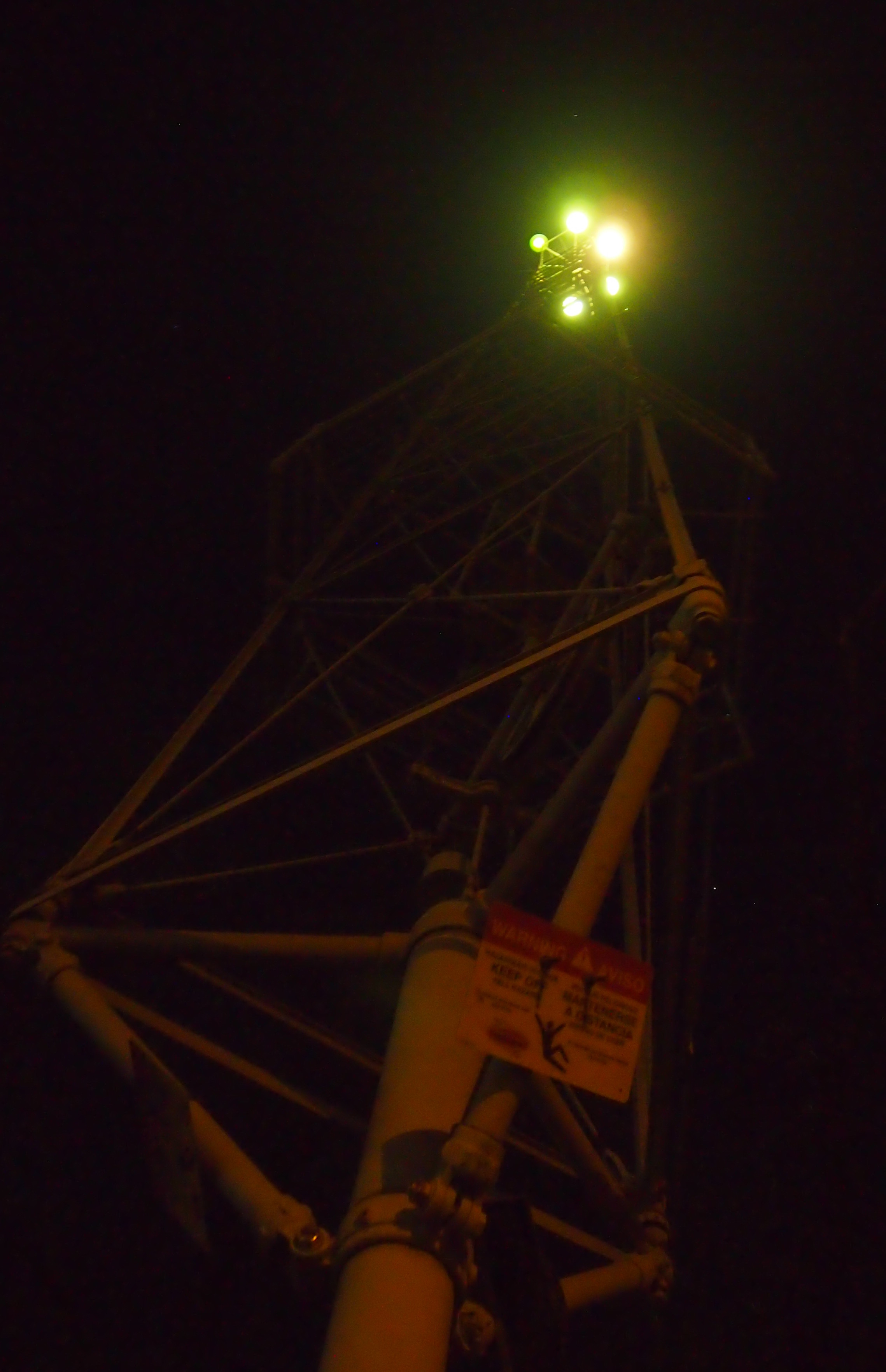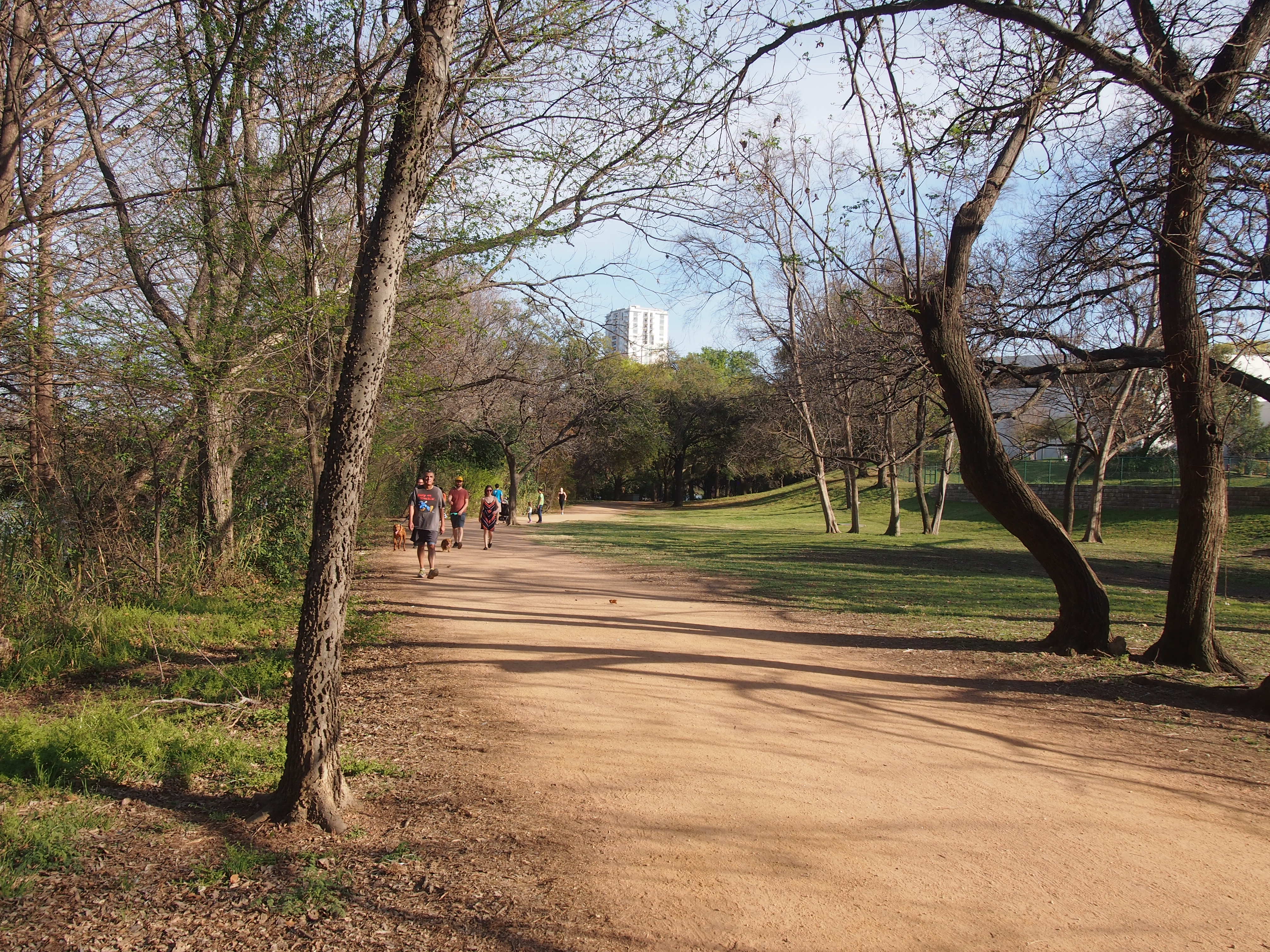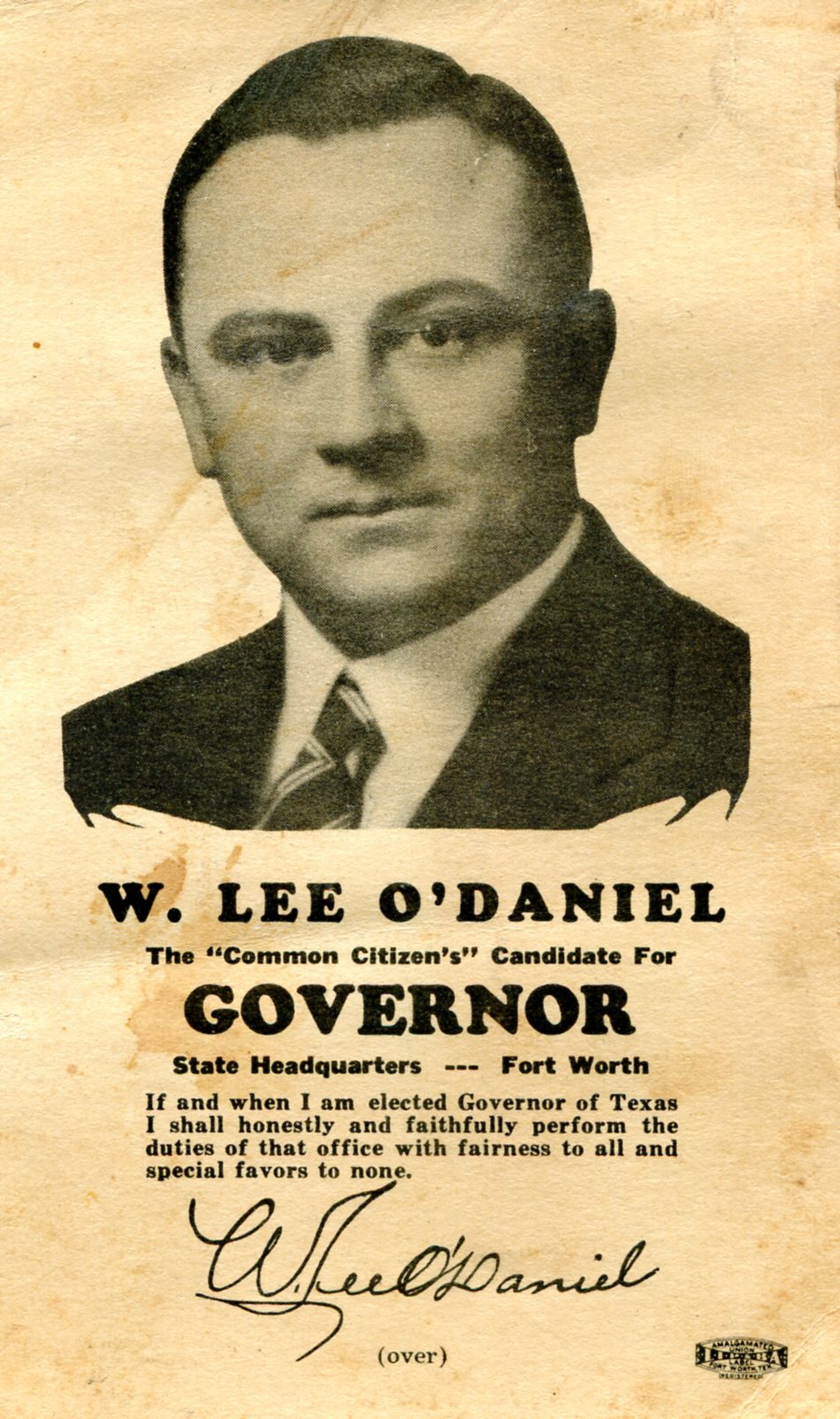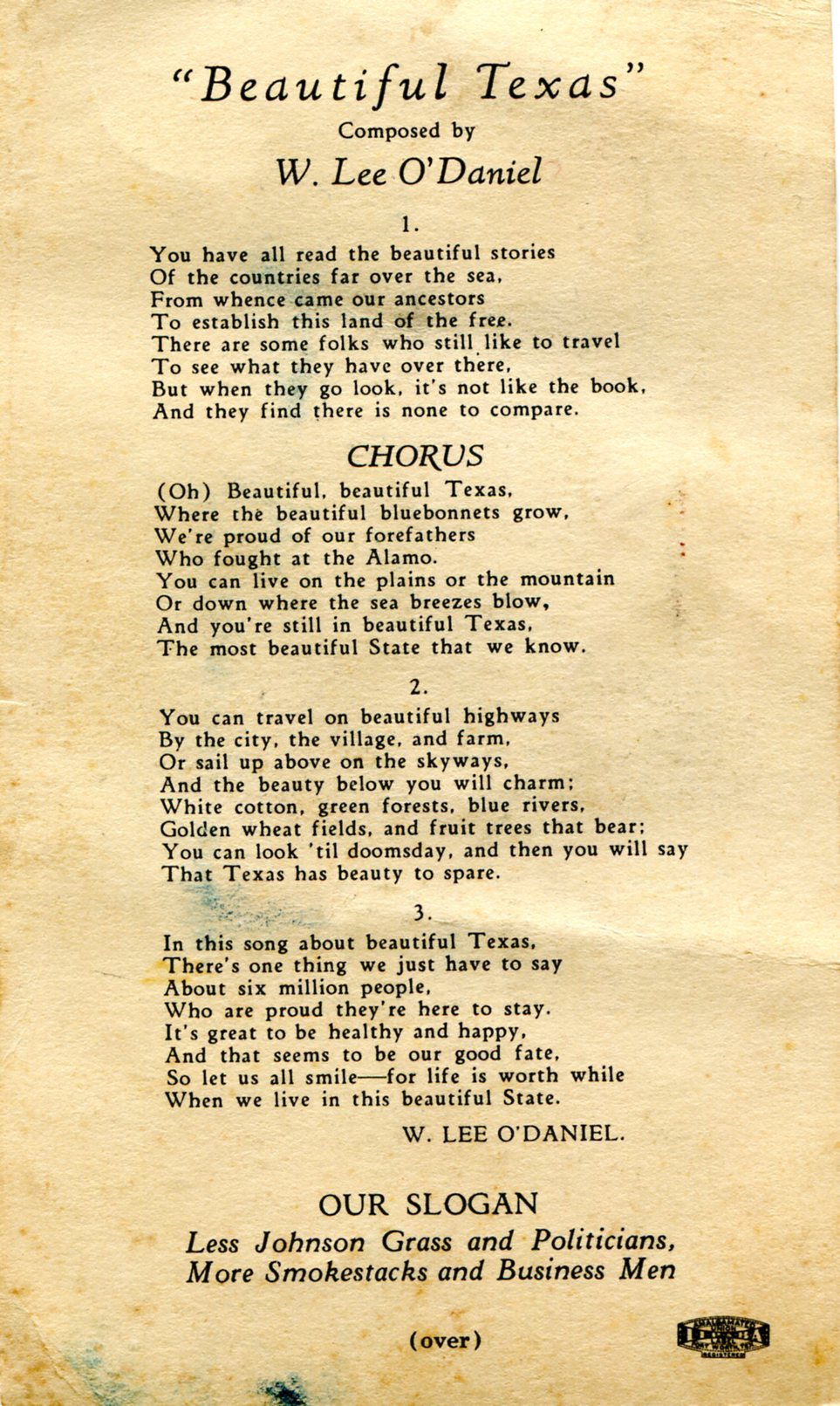We went to see Star Wars: The Force Awakens recently, since I’m not the sort who rushes out to see the newest thing in the theaters, though that did happen with the first movie of the series those long summers ago (more than a dozen of us went together; it was an event). On the whole, the most recent yarn had everything it needed to: sympathetic characters, old and new, lots of action, lots of spaceships and exotic sets, lots of improbabilities and coincidences, lots of homages — many homages to the original movies, some simply visual, others in bits of dialogue — and so on. My favorite homage was the discussion of throwing a captured First Order minion into a trash chute, though you don’t actually see the heroes do it.
All in all, worth second-run prices. Some quibbles: Interestingly, Finn said that his bad-guy job was in sanitation, which set up the homage to the trash chute. Certainly a necessary function, but if so, why was he part of the death squad detail at the beginning of the movie? Do all of the storm troopers rotate into death squads now and then, just to keep them murderous? If so, why are they such lousy shots?
Why is the armed force defending the presumably re-established Republic called the Resistance? Sure, resistance has a noble undertone, but it implies trying to overthrow tyranny, not protect a government. Shouldn’t it have been the Galactic Force or the Republic Defenders or the like? (Or the Force Force?) Guess the Republican Guard wouldn’t work, the Iranians having taken that one.
And how is it that the Jedi were so thin on the ground that the retirement of just one of them, namely Luke Skywalker, shut down the whole enterprise? Weren’t there others? You know, a second string? Maybe these things are explained in the expanded universe, but I’m grown man. I refuse to have anything to do with that.
Also, I wonder just how much dough Mark Hamill got paid, along with top billing, to stand there for a few seconds and look old? Maybe that sum is a balm for his, shall we say, not-as-stellar-as-Harrison Ford’s career. By contrast Ford had a meaty-ish part in the latest movie, but then again he clearly signed up only for this one, unless there’s some movie resurrection magic ahead for Han Solo.
The supreme bad guy was malformed and ugly, or at least his hologram/projection/whatever of him was. But of course. Ugly = Evil. As I wrote a good many years ago, when I was busy ignoring one of the prequels, I pictured the unseen evil emperor in the first movie as “a handsome yet ruthless tyrant, a spellbinding demagogue, a despot who made the hyperdrive trains run on time, and who had an intensely loyal following in parts of the galaxy that got public works contracts. But no. He turned out to be a drooling, hissing, ugly fellow who ruled by channeling the Dark Side, rather than bread and circuses (and maybe a gulag).
“Better still would have been a despotic Emperor with some virtues, someone who offered peace to a Republic torn by civil war, someone along the lines of Augustus. In that case, the rebel alliance might still be fighting for freedom, but with less purity of motive — and willing to blow up a planet or two itself…”
Christopher Orr in the Atlantic did a reasonably good review of the movie, except for this line toward the end: “The original Star Wars was in almost every way an original, a movie that forever changed filmmaking for both good and ill.” Maybe original if you were 10, as he was.
But it was fully known and commented upon at the time that, aside from the remarkable special effects, very little about the first movie was original, and not just in the sense that all Hero With a Thousand Faces on a Journey of a Thousand Leagues stories tap into archetypes. Still, that didn’t make the first movie any less enjoyable or important in the history of summer blockbusters. Obviously the thing struck a chord. I remember reports of people going to see the first one many, many times. Then again, people also went to see The Rocky Horror Picture Show many, many times. That struck a somewhat different chord, I figure.

